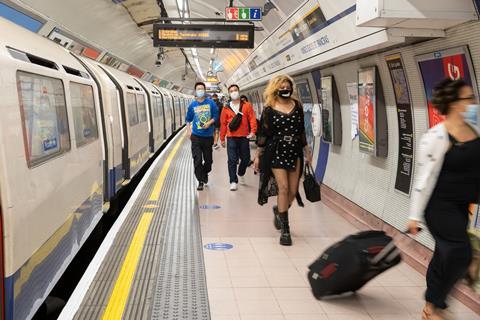
UK: As part of a study into the feasibility of introducing driverless trains on the London Underground, Transport for London is seeking information about technologies that could mitigate platform-train interface risks in the absence of platform edge doors.
TfL’s participation in a Department for Transport-led study of the business case for driverless operation was a condition of the government’s latest round of emergency funding to support TfL during the coronavirus pandemic.
As part of this, TfL is now seeking to engage with the market to understand platform edge protection systems that could be implemented at lower cost than PEDs while offering more flexibility.
PEDs are currently fitted on part of London Underground’s Jubilee Line and on below-ground platforms on the future Crossrail Elizabeth Line, but not elsewhere.
Grade-of-Automation 3
The DfT-led driverless train study is looking at the possible future use of Grade-of-Automation 3 trains with an onboard attendant, as is used on London’s Docklands Light Railway automated light metro network.
A full business case for conversion of the self-contained two-station Waterloo & City Line to driverless operation is to be completed by June next year, and for the more complex Piccadilly Line by the end of 2022.
DfT and TfL are also reviewing the potential for GoA3 on the rest of the London Underground network.



